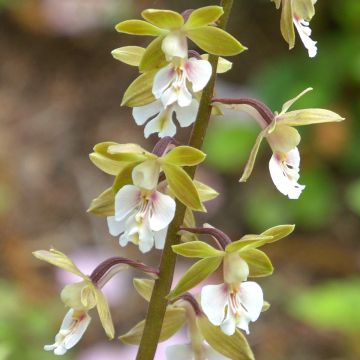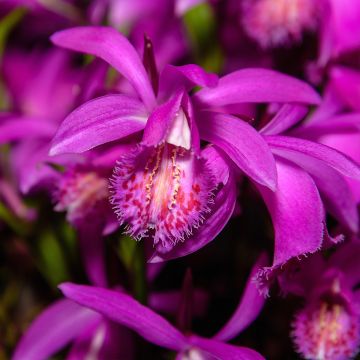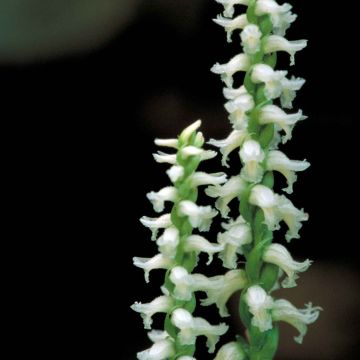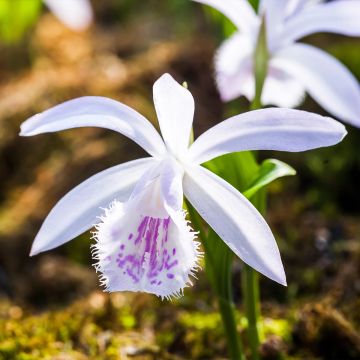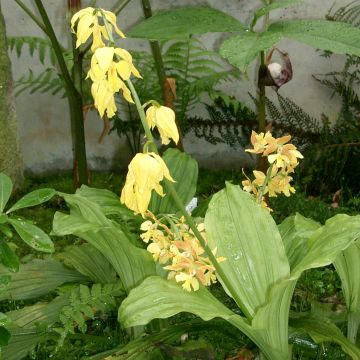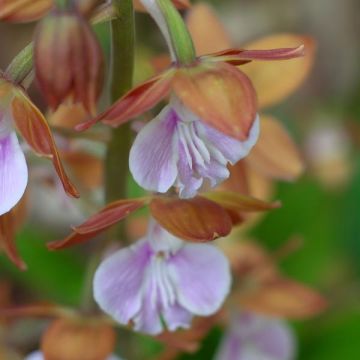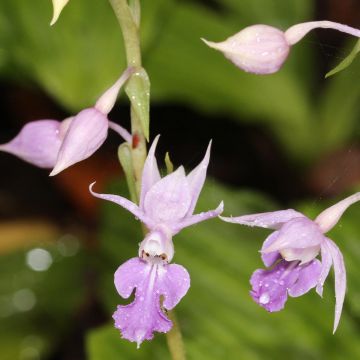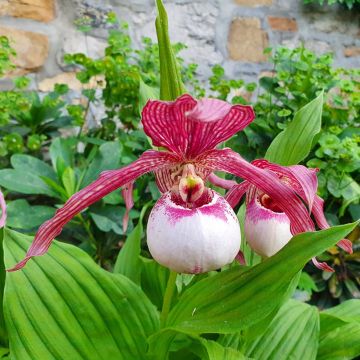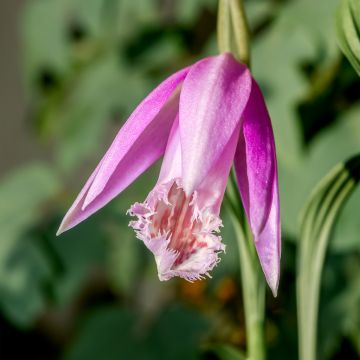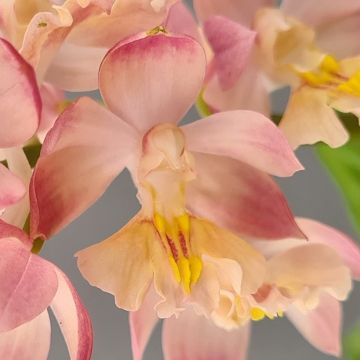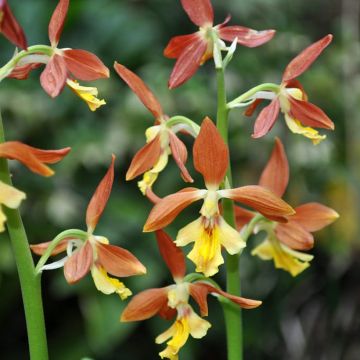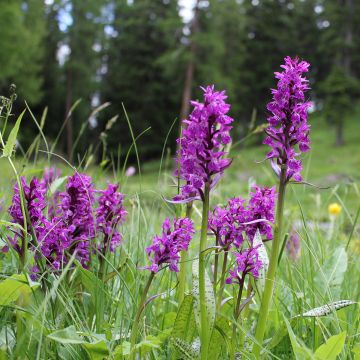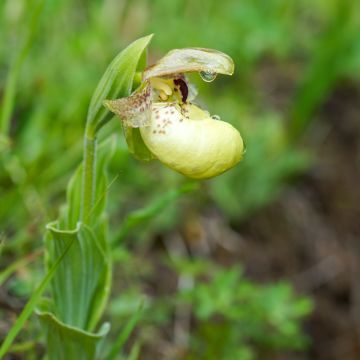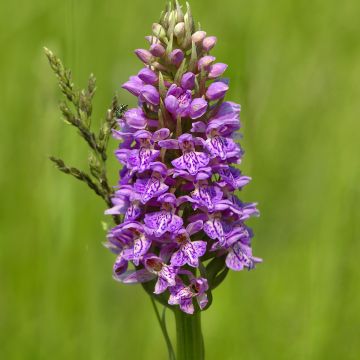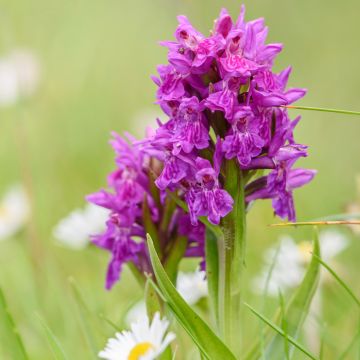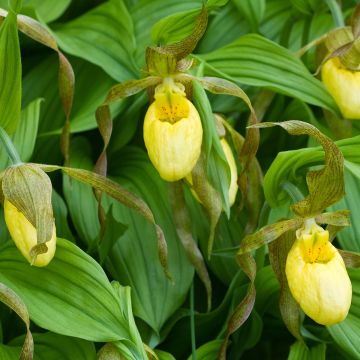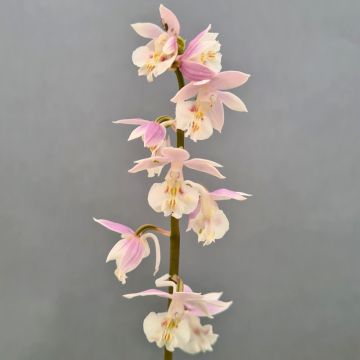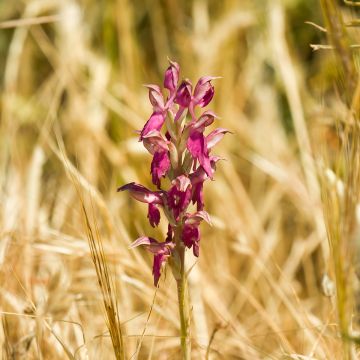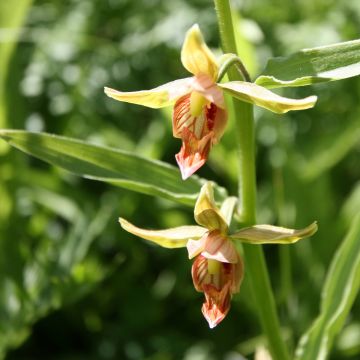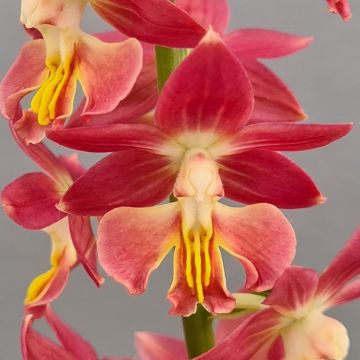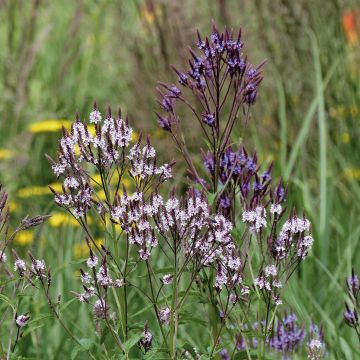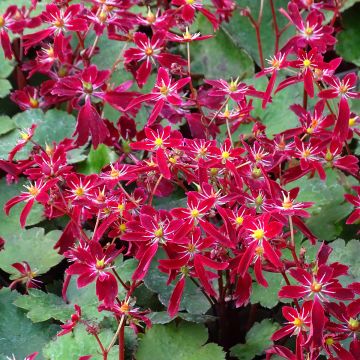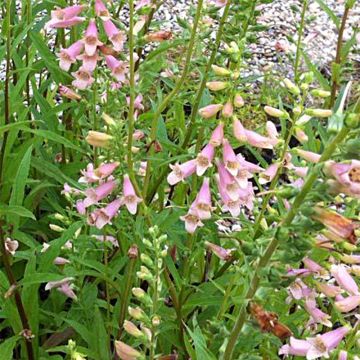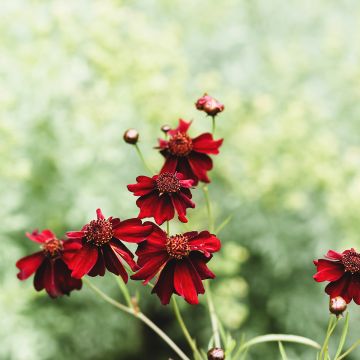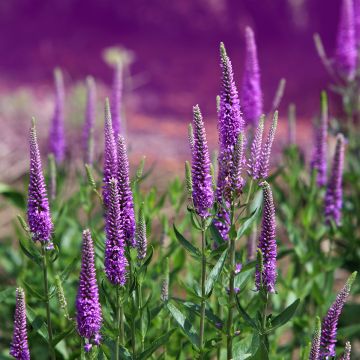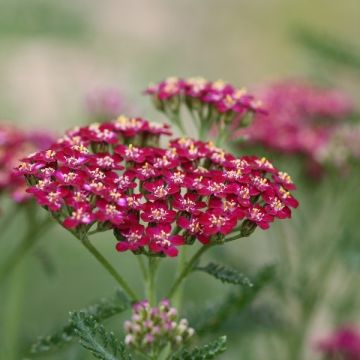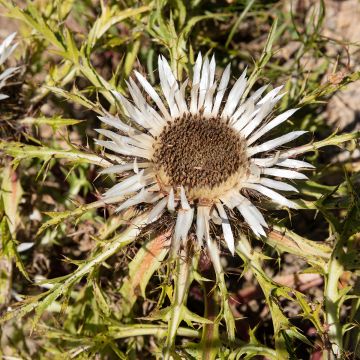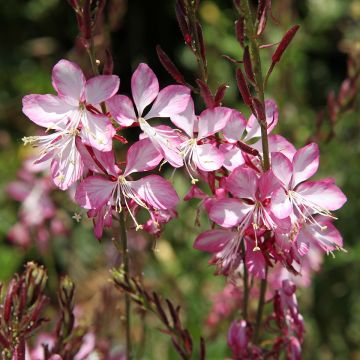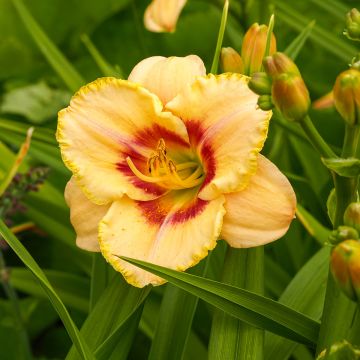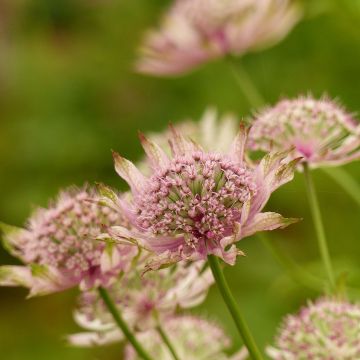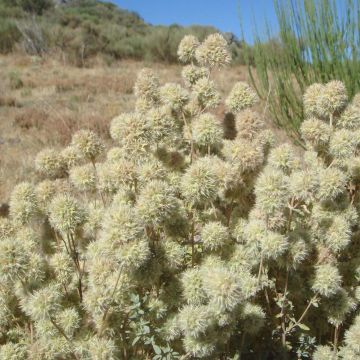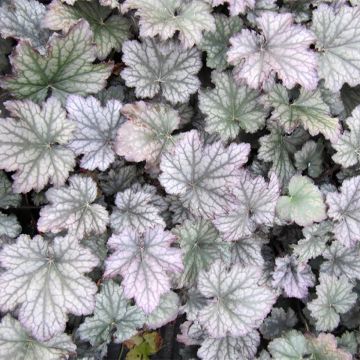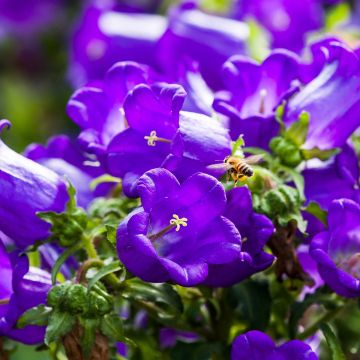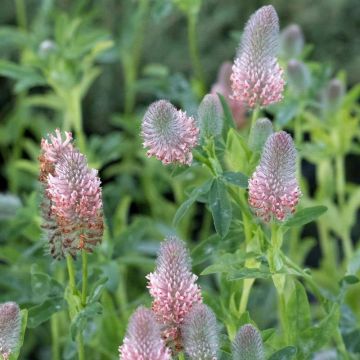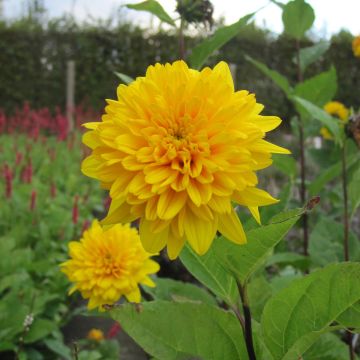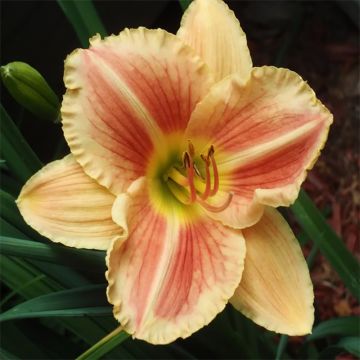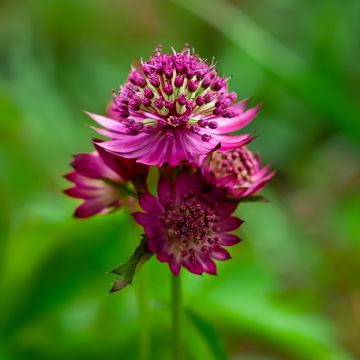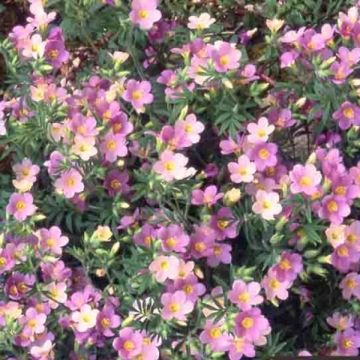Plantfit
Log in / Register
Existing customer?
New customer?
Create an account to track your orders, access our customer service and, if you wish, make the most of our upcoming offers.
My Account
Hello
Shipping country and language
Your country of residence may be:
For a better user experience on our website, you can select:
Your shipping country:
Andorra
Austria
Belgium
Bulgaria
Croatia
Czechia
Denmark
Estonia
Finland
France
Germany
Greece
Hungary
Iceland
Ireland
Italy
Latvia
Lithuania
Luxembourg
Monaco
Netherlands
Poland
Portugal
Romania
Slovakia
Slovenia
Spain
Sweden
Switzerland
Language:
French
English
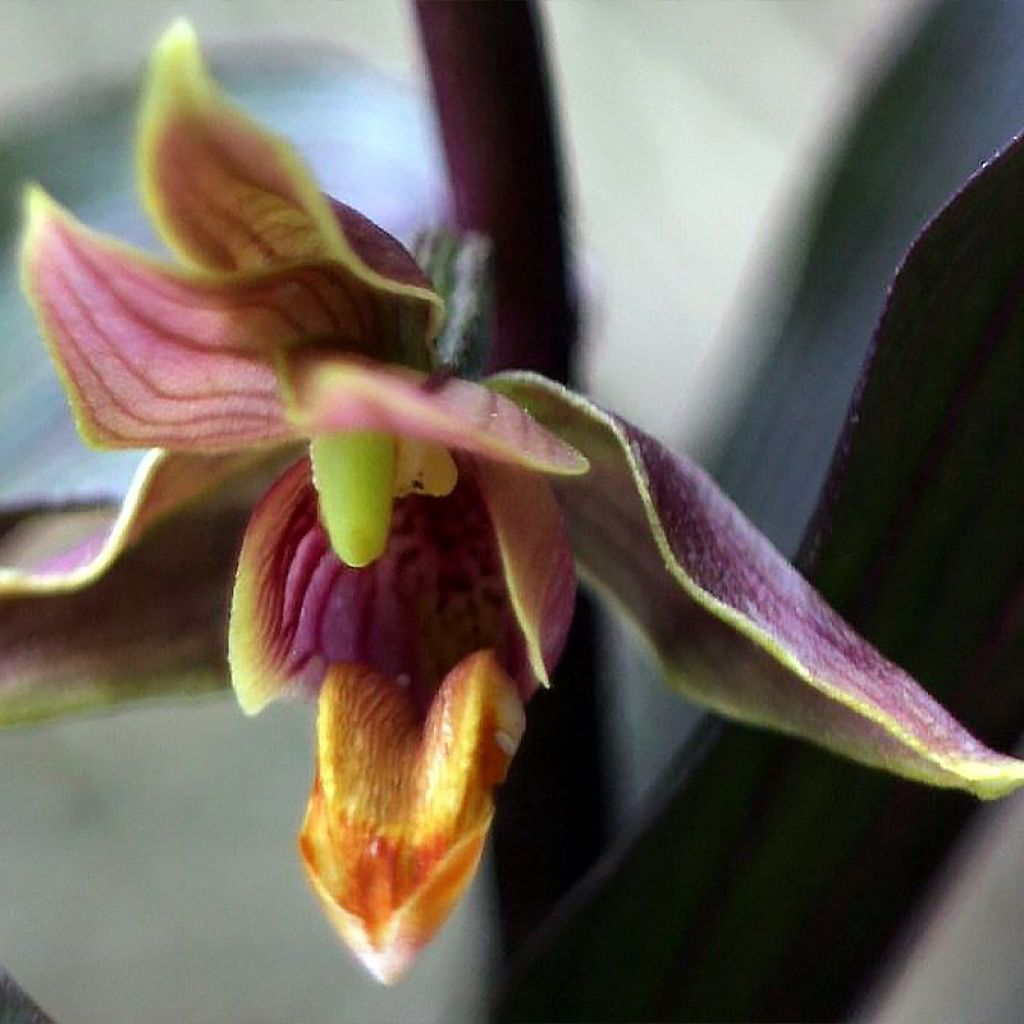

Epipactis gigantea Night Serpentine - Orchidée de jardin
Epipactis gigantea Night Serpentine
Epipactis gigantea Night Serpentine
Giant Helleborine
I had specified that this young plant was for gifting!! Disappointment!! Not even 1 cm (0in) of vine-plant, I had to give up on gifting it. I would have liked to be warned!!
Francoise, 28/04/2023
Order in the next for dispatch today!
Dispatch by letter from €3.90.
Delivery charge from €5.90 Oversize package delivery charge from €6.90.
More information
This item is not available in your country.
Select delivery date,
and select date in basket
This plant carries a 12 months recovery warranty
More information
We guarantee the quality of our plants for a full growing cycle, and will replace at our expense any plant that fails to recover under normal climatic and planting conditions.
From €5.90 for pickup delivery and €6.90 for home delivery
Express home delivery from €8.90.
Does this plant fit my garden?
Set up your Plantfit profile →
Description
Epipactis gigantea Night Serpentine is a superb cultivar with purple foliage originating from a large American terrestrial orchid called Giant Helleborine. It is a vigorous and hardy plant that produces flower spikes typical of orchids in shades of brown, yellow-orange, and dark red. They bloom for several weeks from June, perfectly complemented by the dark and colourful foliage. Very beautiful in flower beds or on the banks of water courses, this perennial can also be grown in pots. Provide a moist to wet soil, rich in humus, with a slightly acidic tendency.
Epipactis gigantea Night Serpentine belongs to the orchid family. It is a naturally occurring dark-leaved form discovered in North Carolina, specifically north of the San Francisco Bay. The classic species, with green foliage, is native to the western United States and northern Mexico. In the wild, it grows along the edges of streams, in continuously damp to wet soils. Epipactis Night Serpentine is a perennial plant with fleshy rhizomes, easily reaching 80 cm (32in) in height and 40 cm (16in) in width. Its deciduous vegetation emerges from the ground in spring and disappears in autumn. This vegetation is almost black when it emerges in spring, then turns violet and reddish-purple, and finally bronze and green as the season progresses. The colours will be more pronounced on plants exposed to the sun. It consists of stems with 4 to 12 sheathing and lanceolate leaves measuring 5 to 15 cm (2 to 6in) in length. Flowering occurs from June to August, and it may be more or less early depending on the climate. The flower spike bears up to 15 flowers with a diameter of 3.5 cm (1in). Each flower has three light brown to greenish sepals, veined with darker lines, and two reddish-brown petals veined with purple. The lip is cup-shaped with a pointed protuberance, in a brighter brown-red colour and more distinctly veined, often marked with yellow. The flowering is followed by the formation of a pendant capsule measuring 2 or 3 cm (1in) long, containing thousands of small seeds.
Epipactis gigantea Night Serpentine is a unique plant, with a natural appearance, easy to integrate into wet flower beds or on the edges of water features, alongside Japanese primroses, Euphorbia palustris, or astilbes that thrive in similar conditions. It also grows well in pots without any specific protection.
When you receive your orchids, handle them with care: these plants produce few roots and are delicate!
Flowering
Foliage
Plant habit
Botanical data
Epipactis
gigantea
Night Serpentine
Orchidaceae
Giant Helleborine
North America
Planting and care
The cultivation of the Epipactis gigantea Night Serpentine is quite easy if its habitat is recreated: the bank of a stream or pond, on a rocky subsoil, in a humus-rich and peaty, porous soil, consistently moist to wet, preferably acidic. It is sensitive to suffocating, heavy, clay soils that are not well aerated and impermeable. This plant appreciates full sun or partial shade. In open ground, its roots dislikes waterlogging in winter. In a pot, use a mixture of 60% ericaceous soil, 20% horticultural compost, and 20% coarse sand. It is important to ensure that the substrate remains consistently moist.
In fact, it needs water constantly, but without waterlogging, as this can be fatal in winter. However, the soil should never completely dry out. Pay attention to watering in summer, especially if the plant is exposed to the sun. Avoid scorching sun.
Planting period
Intended location
Care
- , onOrder confirmed
Reply from on Promesse de fleurs
Summer flowering perennials
Haven't found what you were looking for?
Hardiness is the lowest winter temperature a plant can endure without suffering serious damage or even dying. However, hardiness is affected by location (a sheltered area, such as a patio), protection (winter cover) and soil type (hardiness is improved by well-drained soil).

Photo Sharing Terms & Conditions
In order to encourage gardeners to interact and share their experiences, Promesse de fleurs offers various media enabling content to be uploaded onto its Site - in particular via the ‘Photo sharing’ module.
The User agrees to refrain from:
- Posting any content that is illegal, prejudicial, insulting, racist, inciteful to hatred, revisionist, contrary to public decency, that infringes on privacy or on the privacy rights of third parties, in particular the publicity rights of persons and goods, intellectual property rights, or the right to privacy.
- Submitting content on behalf of a third party;
- Impersonate the identity of a third party and/or publish any personal information about a third party;
In general, the User undertakes to refrain from any unethical behaviour.
All Content (in particular text, comments, files, images, photos, videos, creative works, etc.), which may be subject to property or intellectual property rights, image or other private rights, shall remain the property of the User, subject to the limited rights granted by the terms of the licence granted by Promesse de fleurs as stated below. Users are at liberty to publish or not to publish such Content on the Site, notably via the ‘Photo Sharing’ facility, and accept that this Content shall be made public and freely accessible, notably on the Internet.
Users further acknowledge, undertake to have ,and guarantee that they hold all necessary rights and permissions to publish such material on the Site, in particular with regard to the legislation in force pertaining to any privacy, property, intellectual property, image, or contractual rights, or rights of any other nature. By publishing such Content on the Site, Users acknowledge accepting full liability as publishers of the Content within the meaning of the law, and grant Promesse de fleurs, free of charge, an inclusive, worldwide licence for the said Content for the entire duration of its publication, including all reproduction, representation, up/downloading, displaying, performing, transmission, and storage rights.
Users also grant permission for their name to be linked to the Content and accept that this link may not always be made available.
By engaging in posting material, Users consent to their Content becoming automatically accessible on the Internet, in particular on other sites and/or blogs and/or web pages of the Promesse de fleurs site, including in particular social pages and the Promesse de fleurs catalogue.
Users may secure the removal of entrusted content free of charge by issuing a simple request via our contact form.
The flowering period indicated on our website applies to countries and regions located in USDA zone 8 (France, the United Kingdom, Ireland, the Netherlands, etc.)
It will vary according to where you live:
- In zones 9 to 10 (Italy, Spain, Greece, etc.), flowering will occur about 2 to 4 weeks earlier.
- In zones 6 to 7 (Germany, Poland, Slovenia, and lower mountainous regions), flowering will be delayed by 2 to 3 weeks.
- In zone 5 (Central Europe, Scandinavia), blooming will be delayed by 3 to 5 weeks.
In temperate climates, pruning of spring-flowering shrubs (forsythia, spireas, etc.) should be done just after flowering.
Pruning of summer-flowering shrubs (Indian Lilac, Perovskia, etc.) can be done in winter or spring.
In cold regions as well as with frost-sensitive plants, avoid pruning too early when severe frosts may still occur.
The planting period indicated on our website applies to countries and regions located in USDA zone 8 (France, United Kingdom, Ireland, Netherlands).
It will vary according to where you live:
- In Mediterranean zones (Marseille, Madrid, Milan, etc.), autumn and winter are the best planting periods.
- In continental zones (Strasbourg, Munich, Vienna, etc.), delay planting by 2 to 3 weeks in spring and bring it forward by 2 to 4 weeks in autumn.
- In mountainous regions (the Alps, Pyrenees, Carpathians, etc.), it is best to plant in late spring (May-June) or late summer (August-September).
The harvesting period indicated on our website applies to countries and regions in USDA zone 8 (France, England, Ireland, the Netherlands).
In colder areas (Scandinavia, Poland, Austria...) fruit and vegetable harvests are likely to be delayed by 3-4 weeks.
In warmer areas (Italy, Spain, Greece, etc.), harvesting will probably take place earlier, depending on weather conditions.
The sowing periods indicated on our website apply to countries and regions within USDA Zone 8 (France, UK, Ireland, Netherlands).
In colder areas (Scandinavia, Poland, Austria...), delay any outdoor sowing by 3-4 weeks, or sow under glass.
In warmer climes (Italy, Spain, Greece, etc.), bring outdoor sowing forward by a few weeks.
